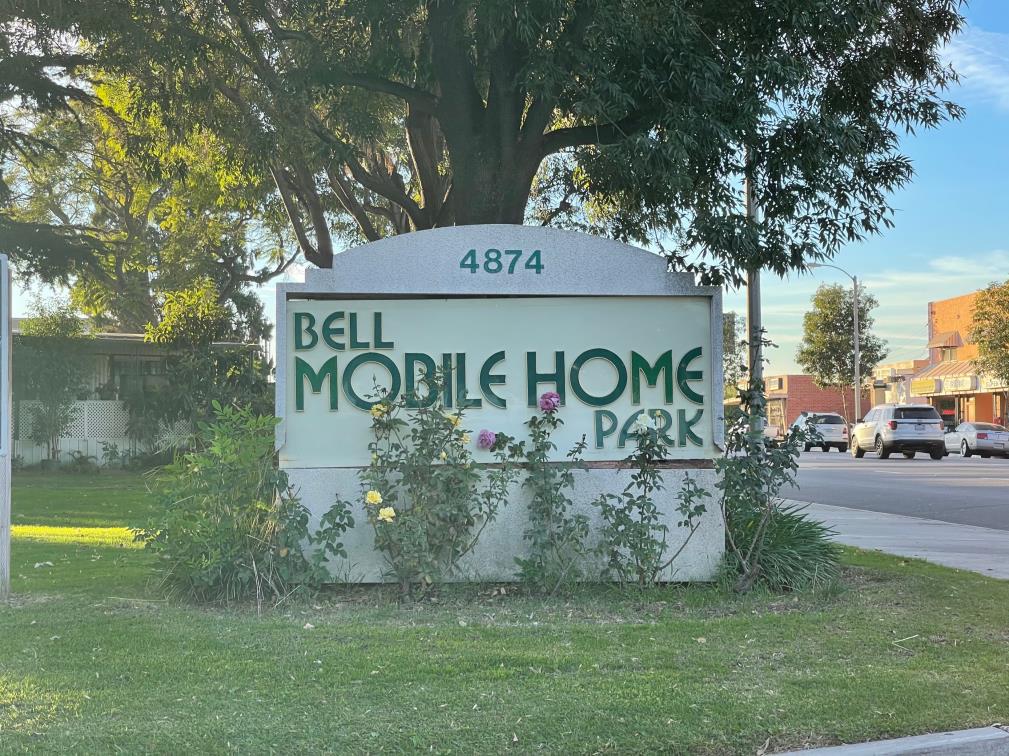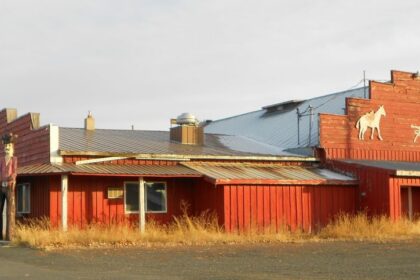Bell is an incorporated city in Los Angeles County, California, near the center of the former San Antonio Township (abolished after 1960). Take a look below for 25 incredible and awesome facts about Bell, California, United States.
1. Its population was 35,477 at the 2010 census, down from 36,664 in the 2000 census.
2. Bell is located on the west bank of the Los Angeles River and is a suburb of the city of Los Angeles. At 2.5 square miles (6.5 km2), Bell is the thirteenth-smallest city in the United States with a population of at least 25,000.
3. In 2007, the U.S. Census Bureau ranked Bell’s land area at 1245 out of 1257 cities (defined as incorporated areas) and two unincorporated areas that had a population of at least 25,000 in year 2000.
4. Ten cities in the list of 1267 cities had no land area data (e.g., Goleta, California).
5. City residents voted to become a charter city in a special municipal election on November 29, 2005.
6. Fewer than 400 voters turned out for that special election.
7. More than half of those votes were dubiously obtained absentee votes.
8. Being a charter city meant that city officials were exempt from state salary caps.
9. A scandal ensued, in which several city officials were indicted for giving themselves extraordinarily high salaries.
10. The area comprising the present-day City of Bell has a Native American history dating back thousands of years.
11. The Gabrieliño Indians migrated to the place now called Bell in 500 B.C. Spaniards have been living in this area of California since the mid-18th century.
12. Among the early Spanish settlers was one of California’s first families, the Lugos.
13. While stationed at Mission San Antonio de Padua near Salinas, California, Francisco Lugo’s first California son, Antonio María Lugo was born in 1775, who would become Don Antonio María Lugo, Spanish aristocrat and soldier, who settled on 30,000 acres of land that encompasses the present-day City of Bell.
14. In 1810, the king of Spain formally granted the land to Lugo as a reward for his military service.
15. Lugo later became the mayor of a then small city called Los Angeles, from 1816 to 1819.
16. On April 6, 2000, the Bell House was dedicated as a California State Historical Resource and the acreage became known as Rancho San Antonio. The grant was confirmed by the Mexican governor in 1838. By 1865, the Lugo family’s fortune had dwindled and most of the Rancho was sold for less than a dollar per acre.
17. The Lugo family did manage to retain its home, built about 1810, which is the now oldest house in Los Angeles County. The original adobe house was on Gage Avenue.
18. Between 1870 and 1890, settlers arrived to the area and among those was the city’s founder. In 1876, the pioneer residents for whom the city is named, James George Bell and his wife Susan Abia Hollenbeck Bell, and their two children, Maude Elizabeth and Alphonzo Sr. moved from Los Angeles where they lived for a short period with Susan’s brother, John Hollenbeck, in their Victorian style home — the Bell House, now a historic landmark located at 4401 East Gage Avenue.
19. On April 6, 2000, the Bell House was dedicated as a California State Historical Resource.
20. They acquired about 360 acres (145.7 ha) of land and in the next decade, helped in its development as a small farming and cattle raising community. The Bell Family lived at the Hollenbeck’s “Town House” on 4th and Breed Street until they moved into the “ranch” Bell House in 1876.
21. The Bell House was an early Victorian style farm house. In 1898, the town’s name was changed from Rancho San Antonio to Bell, in honor of its pioneer founders.
22. At the turn of the 20th century, the Bell area was a sparsely settled countryside with a scattering of houses, including the Bell family’s home. Between 1900 and 1915, more people settled into the area. More homes, schools, churches and a library were built, and several small businesses were established by 1913. The citizens agreed to provide all facilities and services for the library, except for the books.
23. Between 1920 and 1935, an explosive growth in population occurred in the Bell area. Old and new residents built new businesses, established schools, and founded community organizations, such as the Bell Chamber of Commerce and the Woman’s Club. An area-wide sanitation district was formed in 1923 to provide sewer facilities.
24. In 1924, George O. Wheeler founded the Industrial Post, the local newspaper. By the early 1960s, the Bell Industrial Post had become the Bell-Maywood-Cudahy Industrial Post. It was later renamed the Community News, and became part of the Los Cerritos Community Newspaper Group. In 1998 it was sold again.
25. In 1925, the Alcazar Theater to show “talking pictures”, was opened. It has since been demolished.




